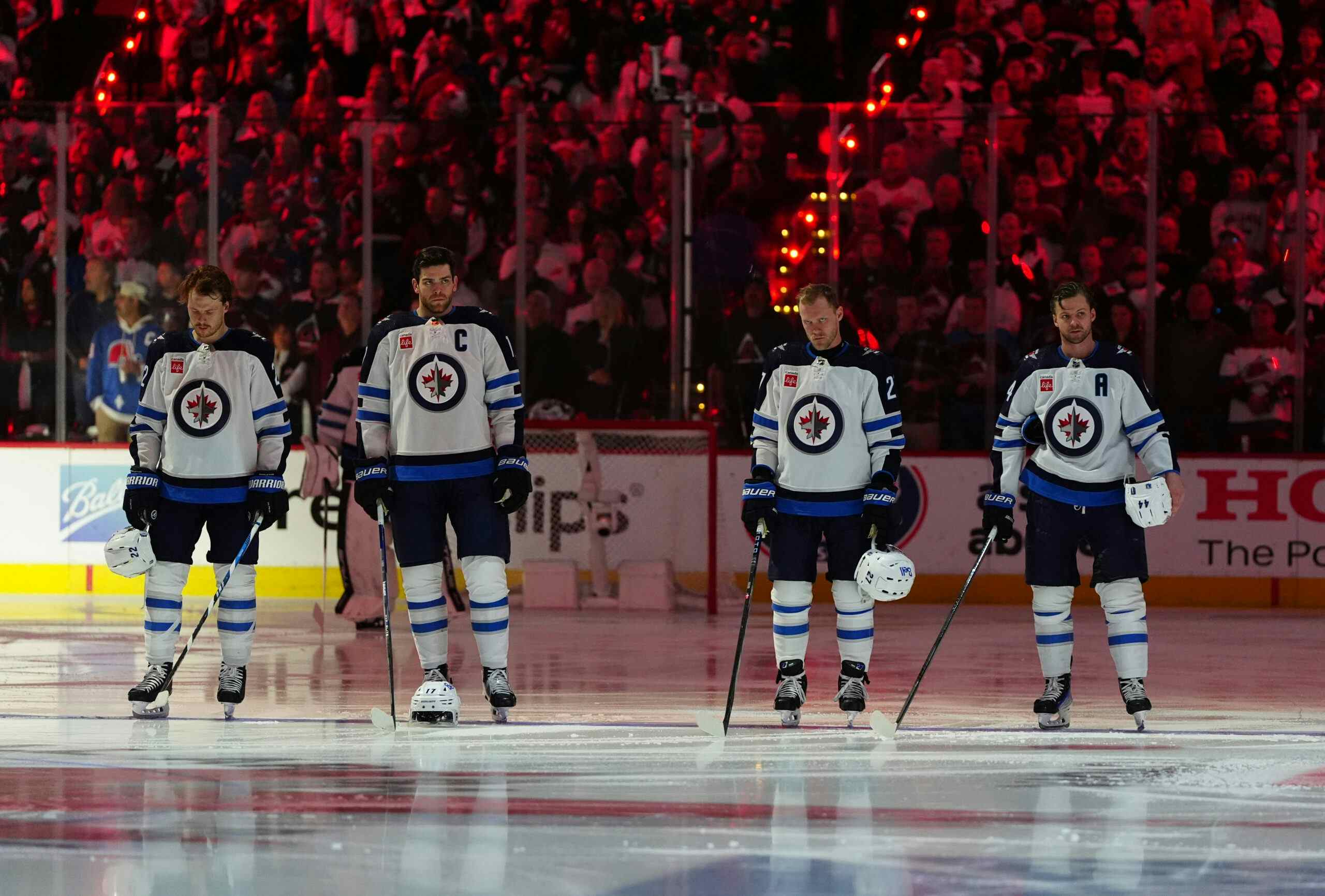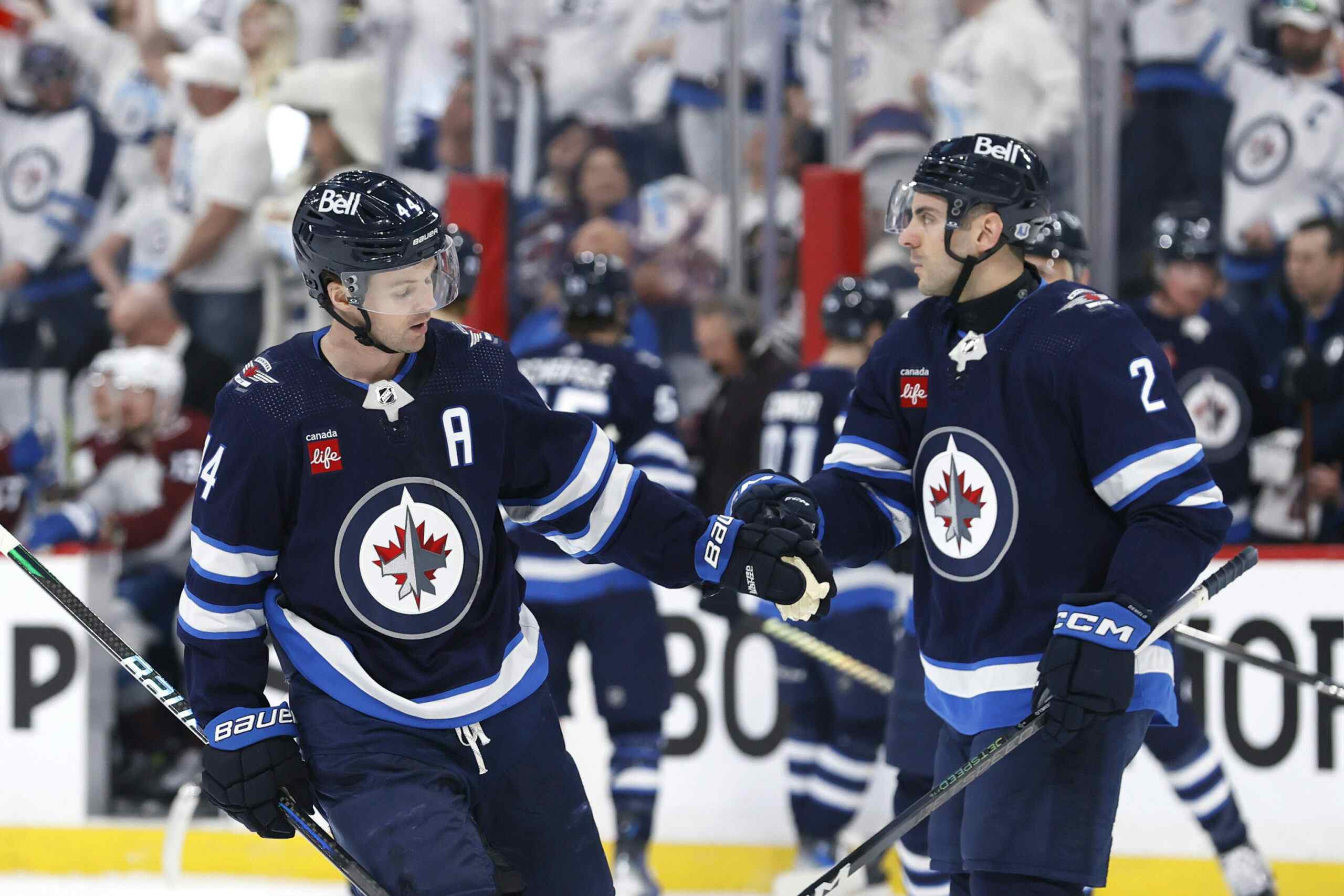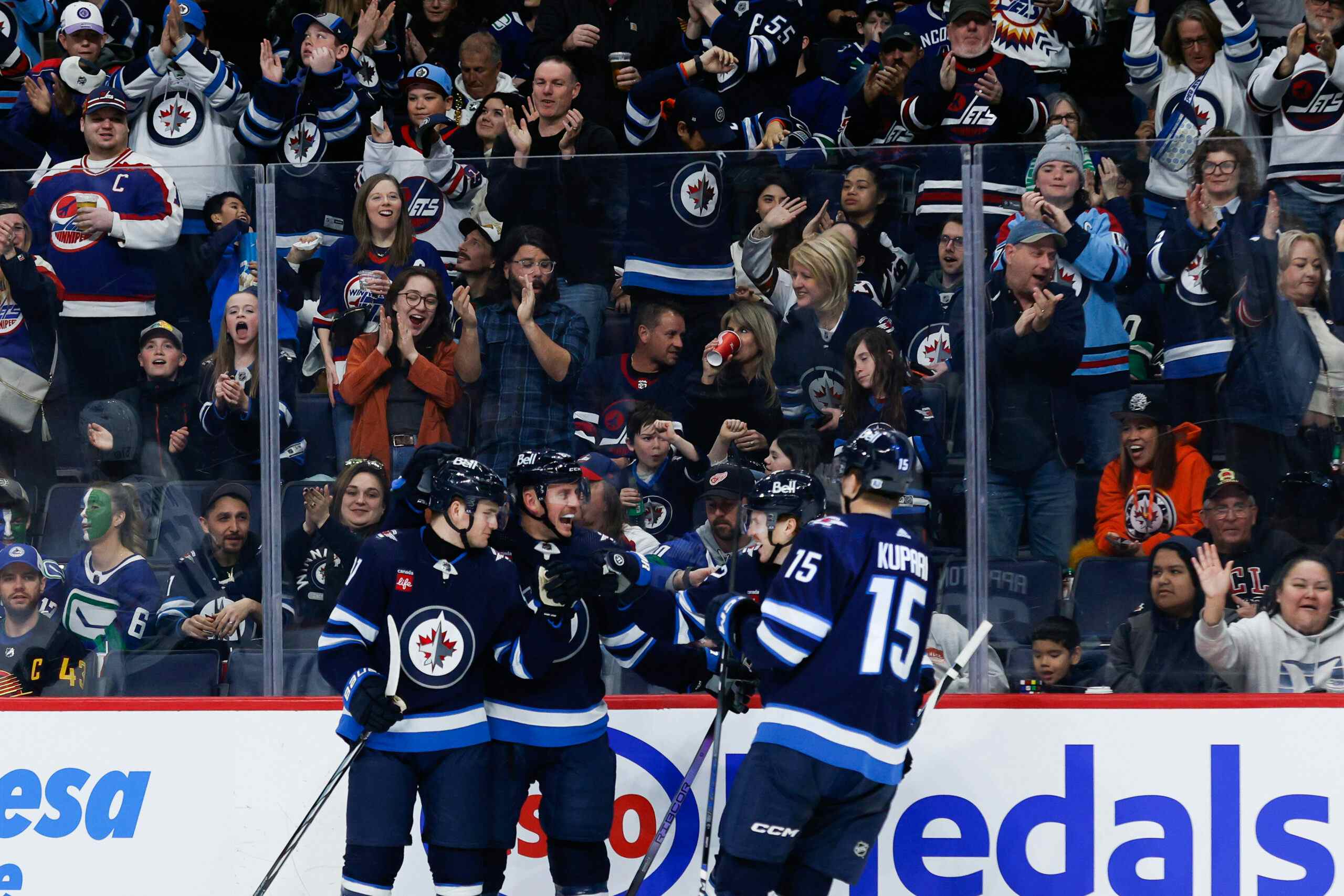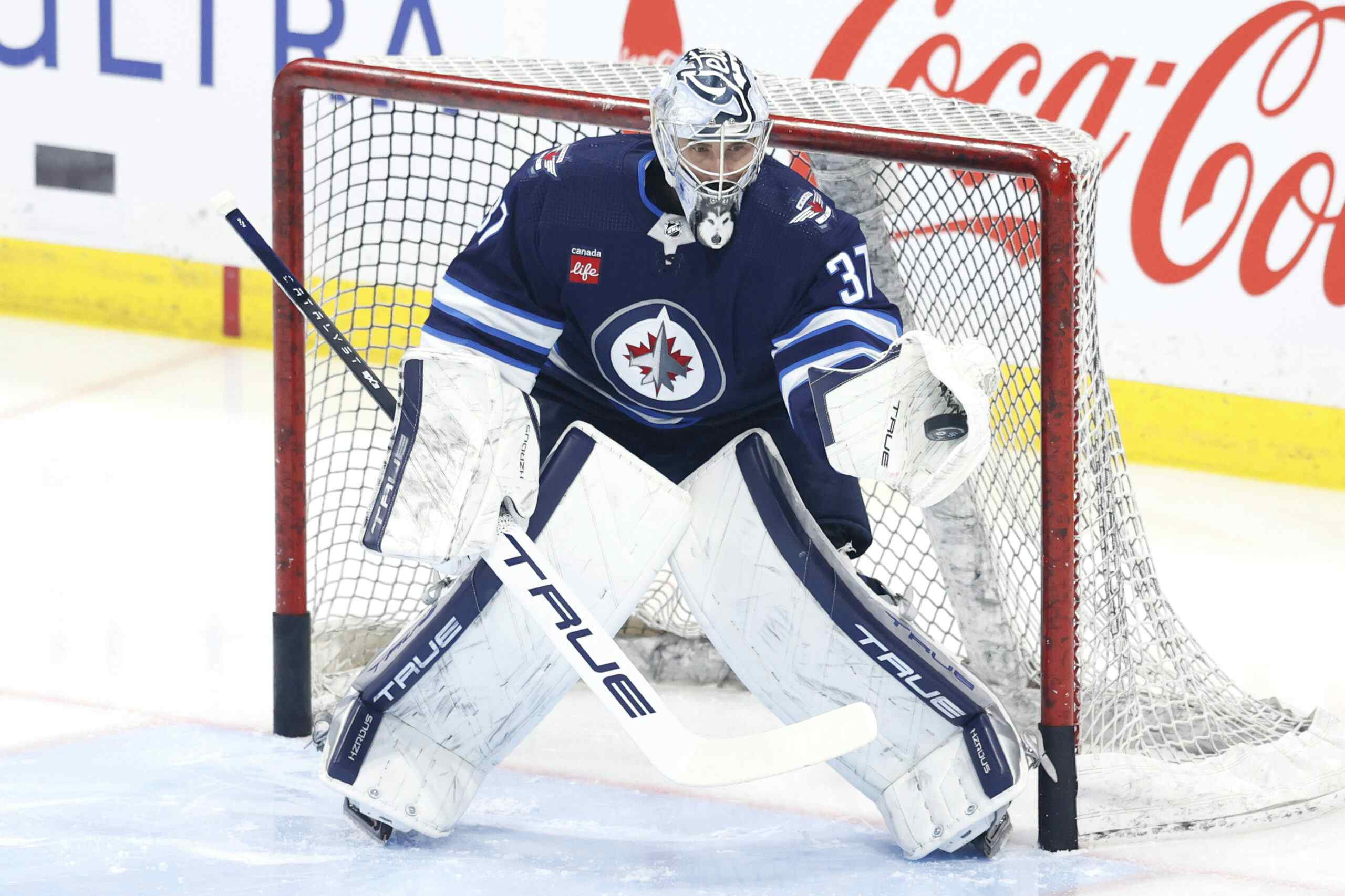What to expect from Alexander Burmistrov in 2015-2016
By Garret Hohl
8 years agoRumours have surround Alexander Burmistrov’s potential and eventual return the NHL almost since the day he took the larger payday in the KHL. Burmistrov himself told Russian reporters that his time in the NHL was not completed.
TSN’s Darren Dreger reported that Burmistrov’s camp is planning to meet with Kevin Cheveldayoff to discuss a possible comeback.
Whether the purpose is for Burmistrov’s return to wearing the polar-midnight blue or an attempt at a sign-and-trade remains to be seen.
What should the Winnipeg Jets, or the team receiving Burmistrov in a trade, expect from the young forward?
Let’s take a look after the jump.
I’ve previously looked at Burmistrov’s potential impact on the Jets, comparing Burmistrov’s underlying two-way numbers relative to the 2014-2015 Jets and using his NHLE’s over the past two seasons in the KHL (and then adjusting for reduced power play and even strength time).
We came to conclusion that Burmistrov would likely still be a dominant force in the two-way numbers, while also giving some supportive scoring at about a 0.35-to-0.45 points per game pace.
There is another way though at projecting Burmistrov’s potential on-ice value… We can look at players around Burmistrov’s age that performed similarly to Burmistrov’s 19 and 20-year-old campaigns, and then see how his cohorts performed on average as 23-year-olds.
Using WAR-on-Ice‘s Euclidian Similarity Score application developed by Manny, we brought up a list of the sixty closest comparable players in age with similar values in scoring rates (goals, assists, and points per sixty minutes), shot volume production (shot attempts per sixty minutes), underlying two-way numbers (relative shot attempt, scoring chances, and goal differentials), and percentage of team’s available ice time.
The player list may surprise you.
The closest cohorts that come up are: Andrew Cogliano, Artem Anisimov, Brandon Dubinsky, Bryan Little, Dustin Brown, John Tavares, Jordan Staal, Josh Bailey, Martin Hanzal, Matt Duchene, Max Pacioretty, Mikkel Boedker, Nick Foligno, Nikolai Zherdev, Rostislav Olesz, Ryan O`Reilly, Sam Gagner, and Tom Wandell.
Now, let’s take a look at how these players performed at 23 in our metrics:

There’s a large variety of players that make the list. There will be some individuals who do not think very highly of Burmistrov, notice some of the biggest names, and right off the process right away, ignoring that there are also players here who are very likely worse than Burmistrov as well (like Tom Wandell).
The strongest cohort may be Ryan O`Reilly, who not only comes up as a NHL statistically comparable player, but also a junior level statistically comparable player.
We can take a look then at how these players performed on average:

The averages seem to work out for the most part, with the exception of salary, which has a distribution more heavily influenced by outliers. Using median value, we get a more realistic adjusted salary of 2.65 million dollars.
A 1.77 points per sixty minute pace is about average for a second line forward, and elite for a third line forward. Interestingly, it is also almost exactly what you would expect if you adjust Burmistrov’s 19-20 scoring and use the standard developmental curve.
For context, over the past three seasons some Jets scoring rates around that range:

It would probably be wise though to regress that scoring rate slightly lower to a more 1.6-1.7 point per sixty rate, rather than 1.7-1.8, given Burmistrov’s NHLE growth.
The underlying two-way numbers indicates a player who has a strong positive push in terms of shot differentials and scoring chances, but goals are not as heavily swayed due to not being an elite finisher like most top line forwards. In the end though, the players are helping their team outscore their opponents.
Something that we already saw with Burmistrov’s first two seasons as a Jet.
Overall, Burmistrov looks most likely to be a potential helpful middle six forward. You cannot build a team around a player like Burmistrov, but Burmistrov is an excellent player to have building around your core.
Without playing the last two seasons in the NHL, his contract and trade values are probably very low at this point. For this reason the Jets have the ability to gain a player who will greatly help the team’s chance at winning without having much of an impact on payroll.
Only two questions remain.
How are the off-ice relationships between the player and management?
Will Burmistrov be providing this value as Jet next season?
Recent articles from Garret Hohl





